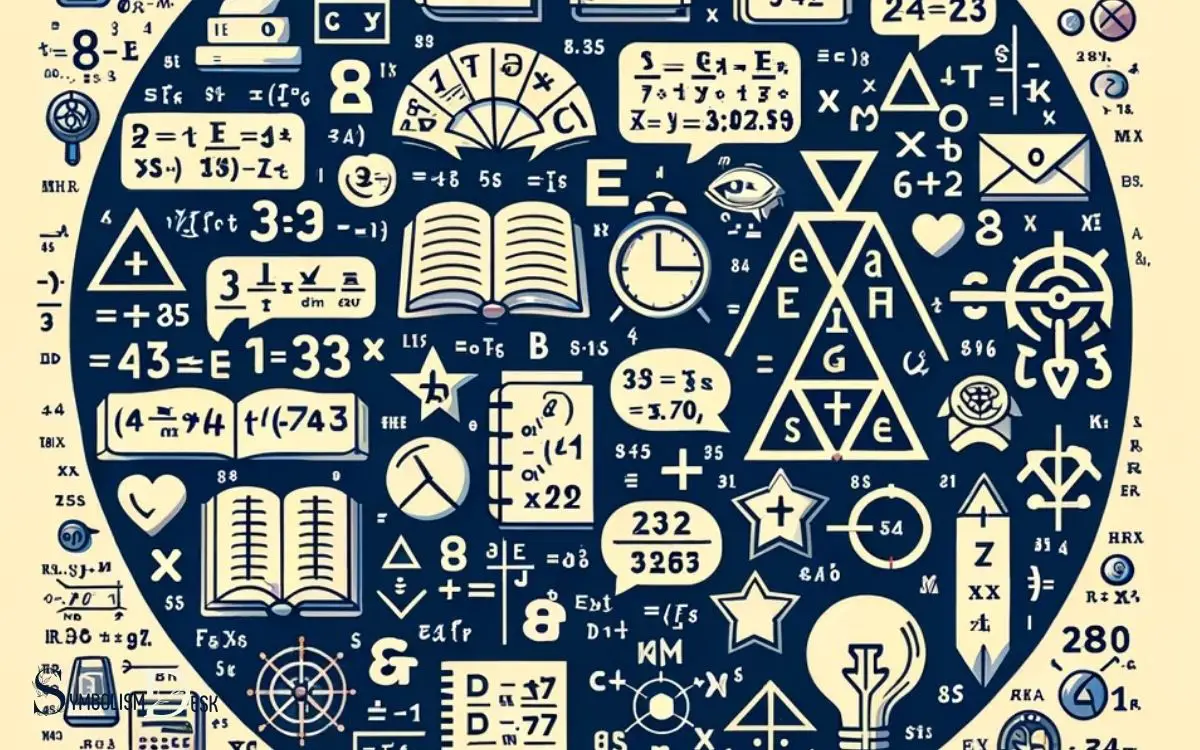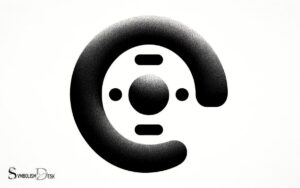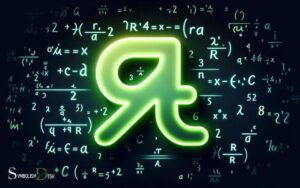How to Read Math Symbols in English? Addition!
To read math symbols in English, start by learning the name of each symbol and its function. Common symbols include addition (+), pronounced “plus”; subtraction (-), “minus”; multiplication (× or *), “times” or “multiplied by”; division (÷ or /), “divided by”; and equals (=), “equals” or “is.”
More complex symbols like the square root (√), exponentiation (^), and pi (π) are read as “the square root of,” “raised to the power of,” and “pi,” respectively.
Math symbols serve as shorthand in mathematical expressions and equations, conveying operations, relationships, and values concisely.
Here’s a brief guide:

Key Takeaway
Understanding Math Symbols: A Guide to Mathematical Notation in English
| Symbol | Name | How to Read in English | Example Use |
|---|---|---|---|
| + | Plus | “Plus” or “add” | 3 + 2 = 5 |
| – | Minus | “Minus” or “subtract” | 5 – 2 = 3 |
| × | Times | “Times” or “multiplied by” | 3 × 4 = 12 |
| ÷ | Divided by | “Divided by” | 12 ÷ 3 = 4 |
| = | Equals | “Equals” | 7 + 1 = 8 |
| < | Less than | “Is less than” | 3 < 4 |
| > | Greater than | “Is greater than” | 5 > 2 |
| ≤ | Less than or equal to | “Is less than or equal to” | x ≤ 10 |
| ≥ | Greater than or equal to | “Is greater than or equal to” | y ≥ 3 |
| ∠ | Angle | “Angle” | ∠ABC |
| ∥ | Parallel | “Parallel to” | Line AB ∥ Line CD |
| ⊥ | Perpendicular | “Perpendicular to” | Line EF ⊥ Line GH |
| ∫ | Integral | “Integral of” | ∫ f(x) dx |
| d/dx | Derivative | “Derivative of” with respect to x | d/dx (x^2) |
Understanding Basic Arithmetic Symbols
Basic arithmetic symbols are essential for performing mathematical operations with numbers. The plus symbol (+) indicates addition, while the minus symbol (-) denotes subtraction.
Multiplication is represented by the symbol (), and division is denoted by the symbol (/). The equal sign (=) is used to show that two quantities are the same.
Additionally, parentheses are used to indicate the order of operations. For example, in the expression 3 + 5 (2 + 4), the parentheses indicate that the operation inside them should be carried out first.
Understanding these basic arithmetic symbols is crucial for solving mathematical problems and equations. Mastery of these symbols is fundamental for success in mathematics and various fields that require quantitative reasoning.
Deciphering Algebraic Notations
The understanding of basic arithmetic symbols provides a foundation for deciphering algebraic notations, which are essential for solving equations and expressing mathematical relationships in a concise and precise manner.
Algebraic notations often include variables, constants, and operators, each serving a distinct purpose in conveying mathematical concepts.
To grasp algebraic expressions and equations effectively, it is crucial to comprehend the meaning and function of these components. The following table illustrates the key elements of algebraic notations:
| Element | Symbol/Notation | Purpose |
|---|---|---|
| Variable | x, y, z | Represents unknown or changing values |
| Constant | 3, 5, π | Represents fixed and known values |
| Operator | +, -, *, / | Indicates mathematical operations |
Understanding these elements is fundamental to interpreting and manipulating algebraic expressions and equations accurately.
Interpreting Calculus Symbols
Interpreting Calculus Symbols requires a deep understanding of mathematical notations, extending beyond basic arithmetic symbols and algebraic expressions. In calculus, symbols represent concepts such as limits, derivatives, integrals, and functions.
The symbol “∫” denotes integration, while “d/dx” signifies taking the derivative with respect to x. Understanding these symbols is crucial for comprehending calculus principles and solving complex problems in mathematics, science, and engineering.
For instance, the symbol “lim” represents a limit, indicating the value a function approaches as the input approaches a certain value.
Mastery of calculus symbols enables individuals to analyze rates of change, areas under curves, and various other fundamental mathematical concepts. Therefore, a solid grasp of calculus symbols is essential for success in advanced mathematics and its applications.
Grasping Geometry and Trigonometry Notations
Grasping geometry and trigonometry notations involves understanding the symbols used to represent geometric shapes, angles, and trigonometric functions in mathematical expressions and equations.
In geometry, common notations include ‘∠’ for angles, ‘△’ for triangles, and ‘⊥’ for perpendicular lines. Trigonometry symbols such as ‘sin’ for sine, ‘cos’ for cosine, and ‘tan’ for tangent represent different trigonometric functions.
Understanding these notations is essential for interpreting geometric and trigonometric concepts in mathematics. Additionally, symbols like ‘π’ for pi, ‘θ’ for theta, and ‘r’ for radius are frequently used in geometry and trigonometry to denote specific values.
Mastery of these notations enables students to comprehend and solve geometric and trigonometric problems, laying a solid foundation for advanced mathematical studies.
Examining Advanced Mathematical Symbols
Understanding advanced mathematical symbols is crucial for delving deeper into the complexities of mathematical concepts, building upon the foundation laid by grasping geometry and trigonometry notations.
When exploring advanced mathematical symbols, it’s important to:
- Approach the symbols with curiosity and a willingness to learn, as they represent the language of advanced mathematics.
- Embrace the challenge of decoding complex notations, knowing that it leads to a deeper understanding of mathematical principles.
- Seek guidance from experienced mathematicians or educators to navigate through intricate symbols and their meanings.
- Practice regularly to internalize the meaning and usage of advanced mathematical symbols, allowing for greater fluency in mathematical communication and problem-solving.
Conclusion
Understanding how to read math symbols in English is essential for success in mathematics. From basic arithmetic to advanced mathematical notations, being able to decipher and interpret these symbols is crucial for solving problems and grasping mathematical concepts.
Just as a painter uses different brushstrokes to create a masterpiece, mathematicians use symbols to create a language that unlocks the mysteries of the universe.






